Welcome to our series of occasional reflections on our recent monastery tour in Italy. We will be posting pictures and meditations from our visits, not chronological order, but in the order that our remembrances take us. We welcome your comments and thoughts.
On Monday of last week, we visited a cave in a valley near Subiaco, a one-hour drive directly west of Rome, into the Apennine mountains that run down the center of the peninsula. Benedict’s story begins in this cave where, as a young man he spent 3 years as a hermit, with a local monk lowering him food in a basket. Today, the cave is greatly changed and is covered by a picturesque monastery (called San Benedetto). But despite all the pictures, frescoes, flower gardens, statues, arches, grilles, and altars spilling down the side of the mountain, the center for me was the cave.
It is surrounded by walls with frescoes, but the bare rock still gives one the feeling of the cave that was his sanctuary. There is a set of electrical candles there that one can light by putting coins in the base. Each coin lights a candle bulb for as long as a regular candle would burn. In the center, there is a somewhat kitschy statue of Benedict adoring the cross, placed there in the mid-1600s. It is shocking in that it shows Benedict as a young man, full of energy and passion. Almost every drawing, painting, icon, medal, or statue of Benedict shows him as a bald old man full of wisdom. Here, he is young, with a full head of unruly hair, untried, a renaissance-pure picture of youth.
I sat there watching the statue, feeling the chill of the cave, and wondering about the young Benedict, his view of the valley, what he did with his long days and nights, how he ate his bread, how he prayed, stayed warm, and how he saw the world. Though he was already a local topic of gossip, he did not know he would become venerated for centuries. He did not know of Monte Cassino, the famous abbey he was later to found. He was alone in his cave, and like each of us, did not know his future.


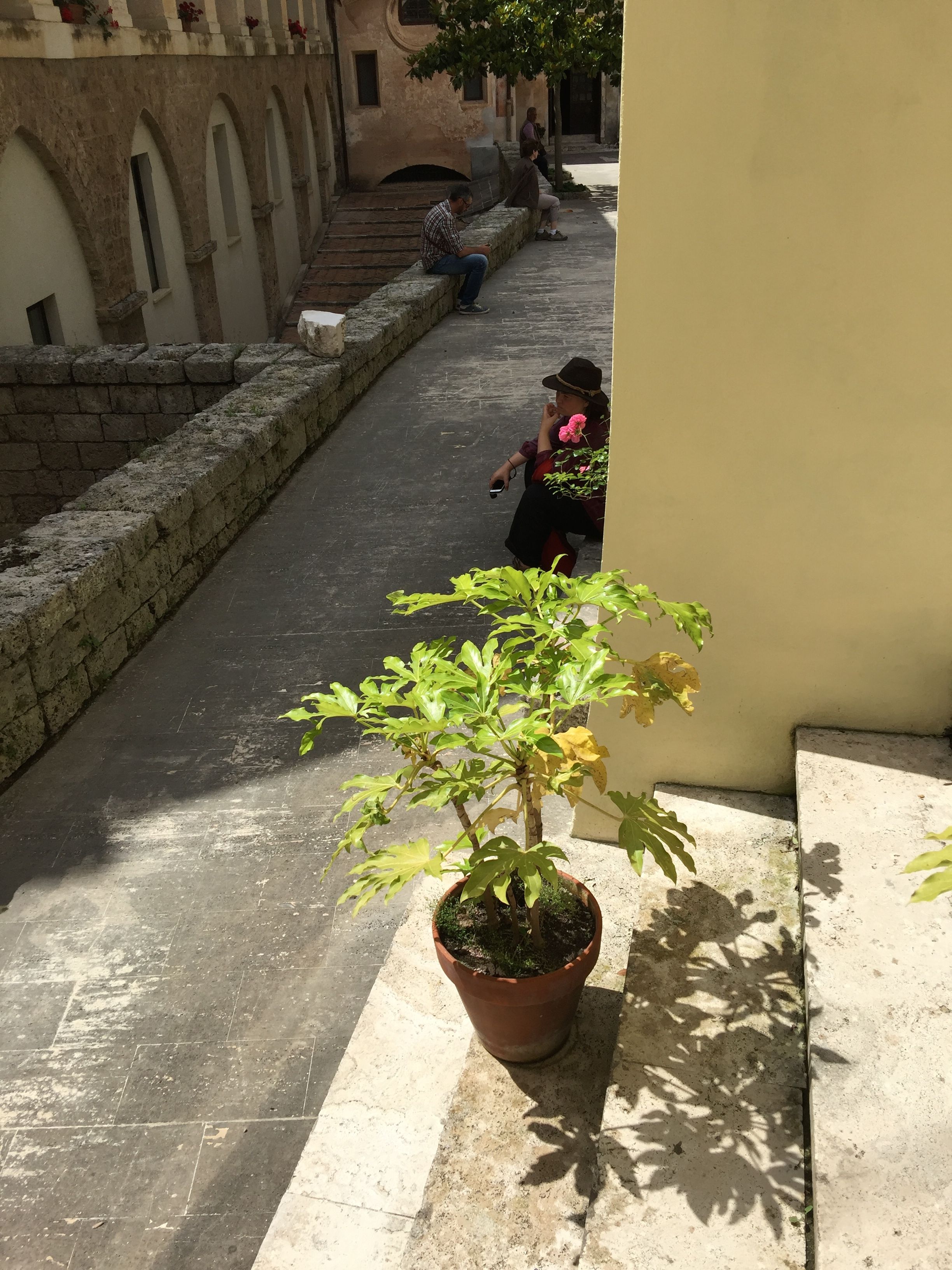
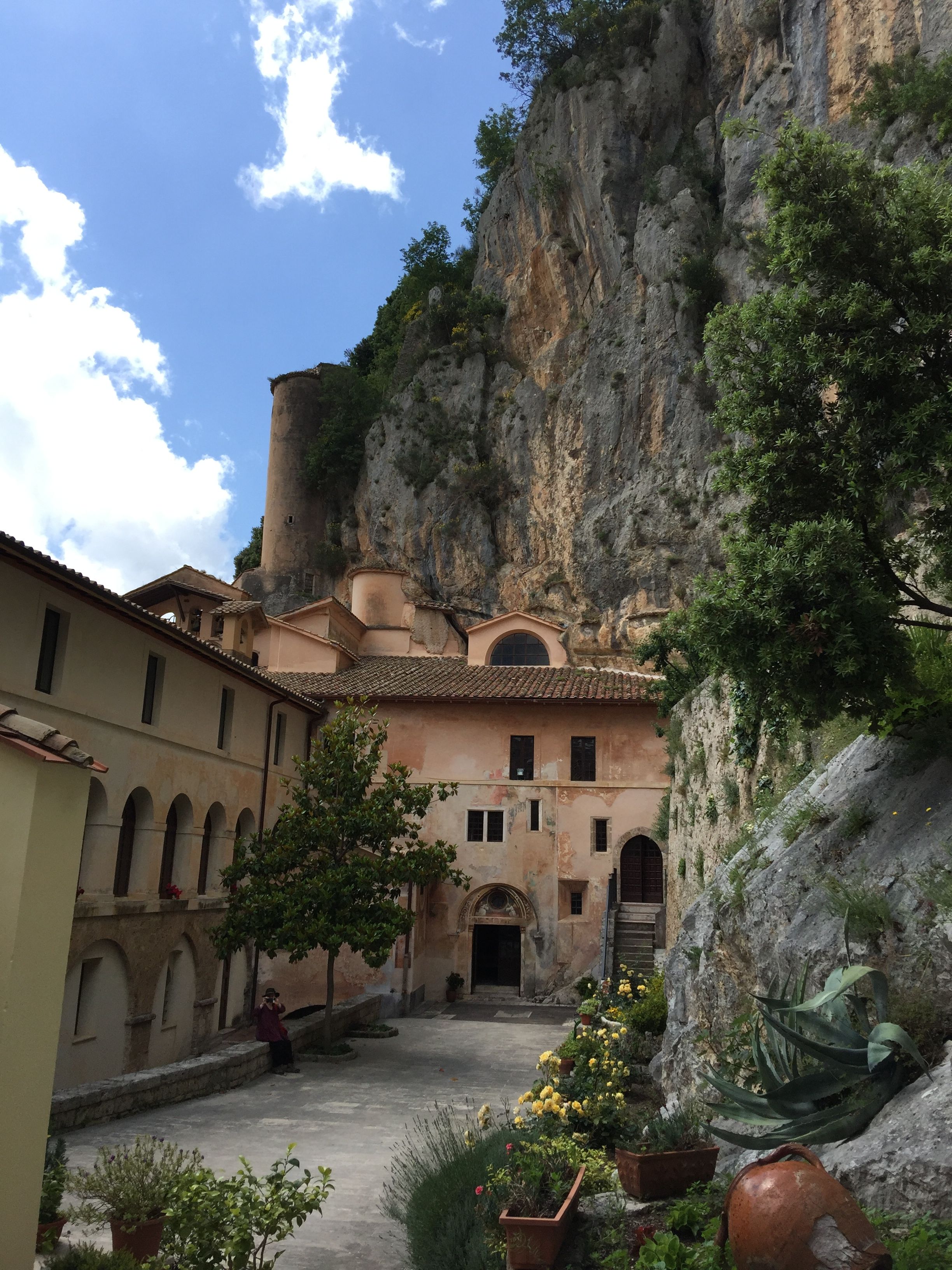

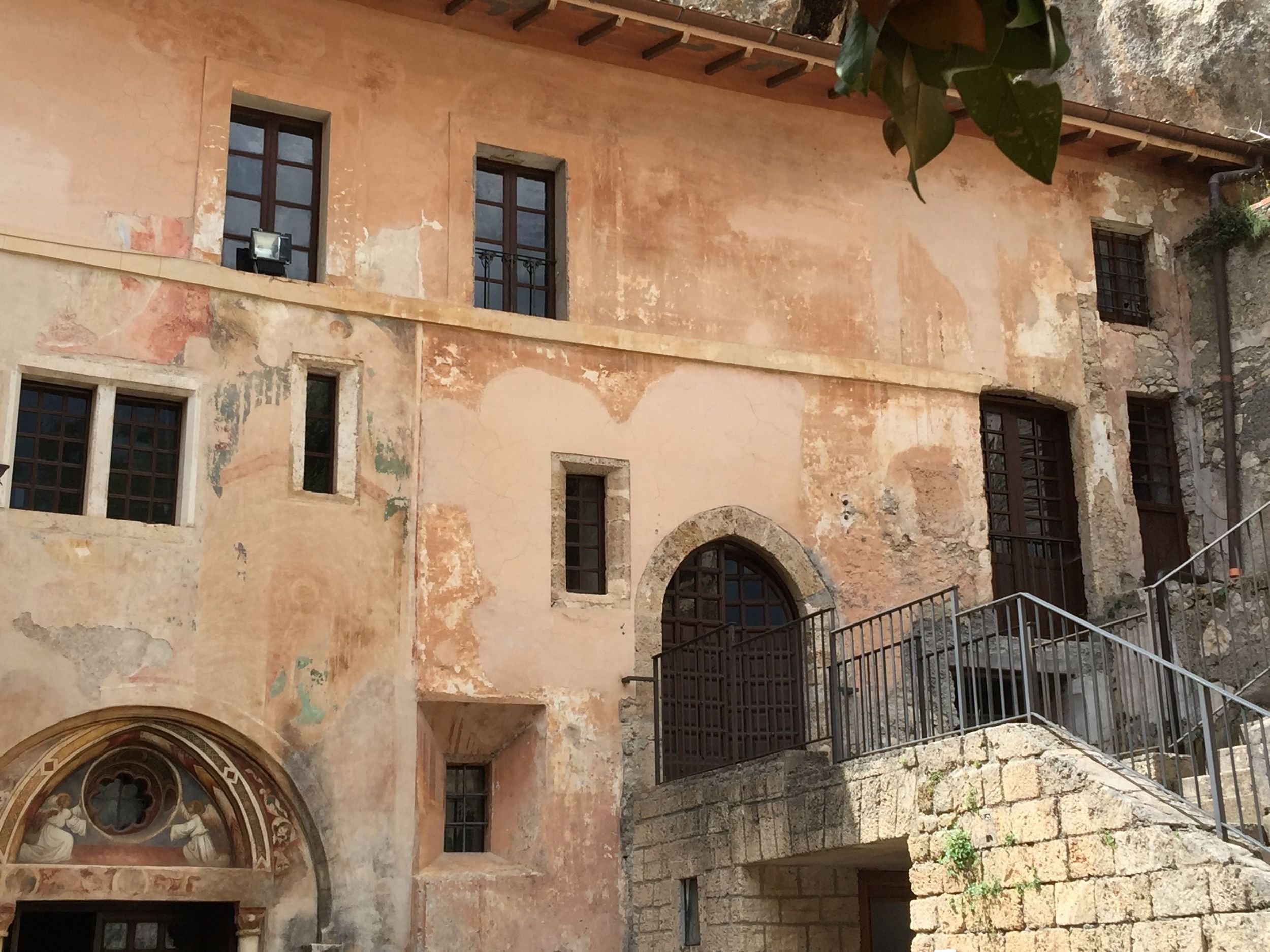


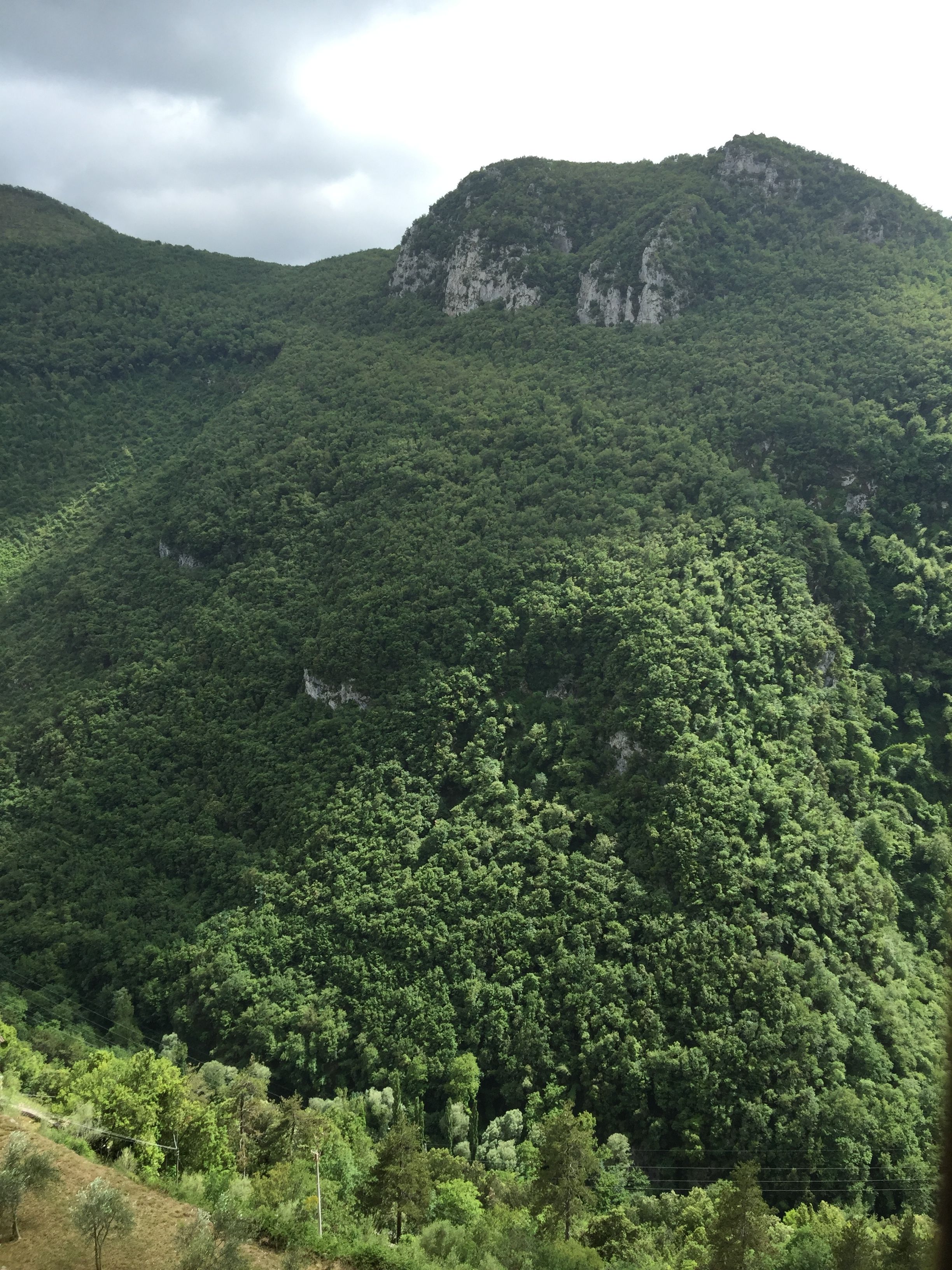
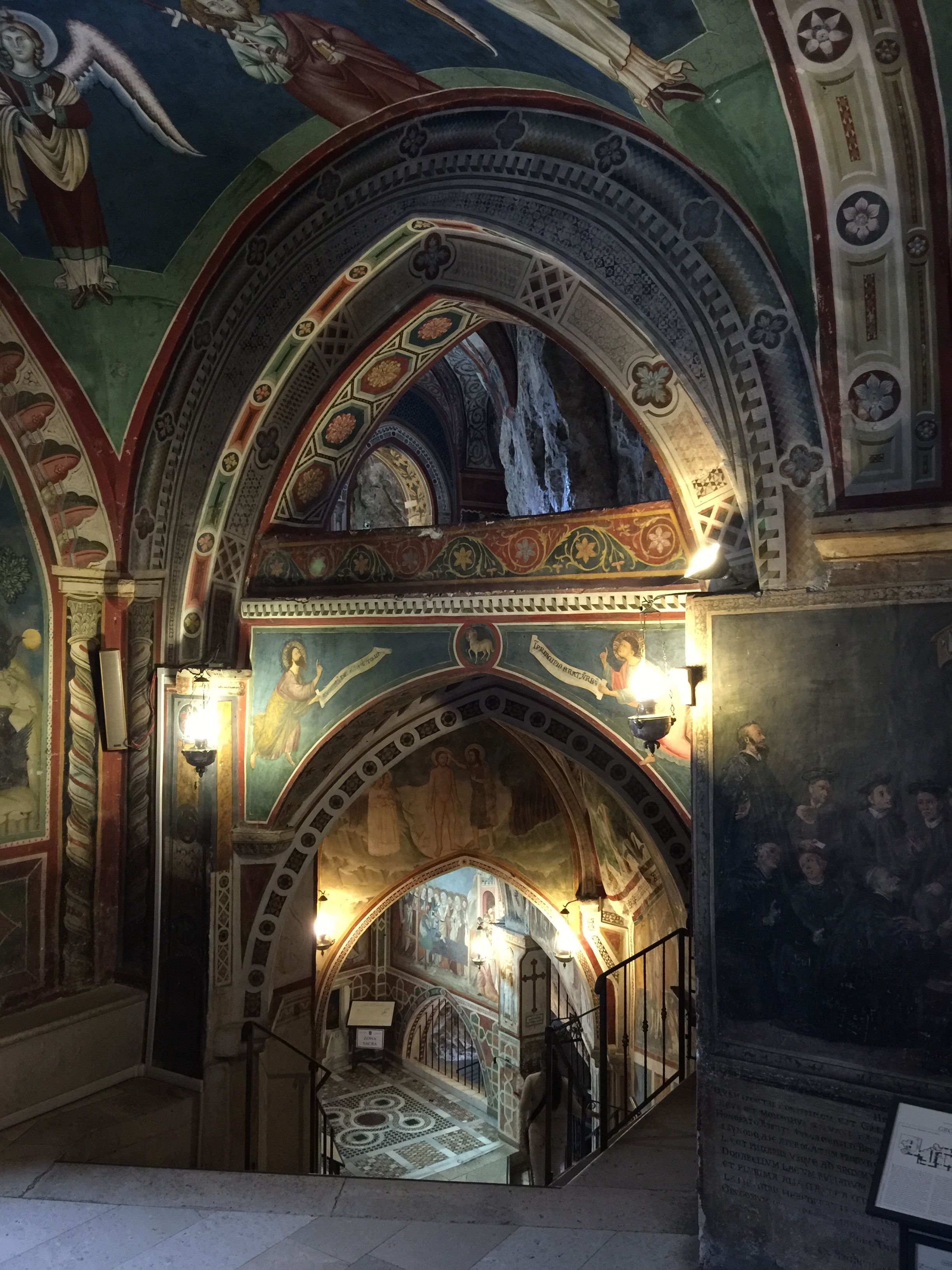
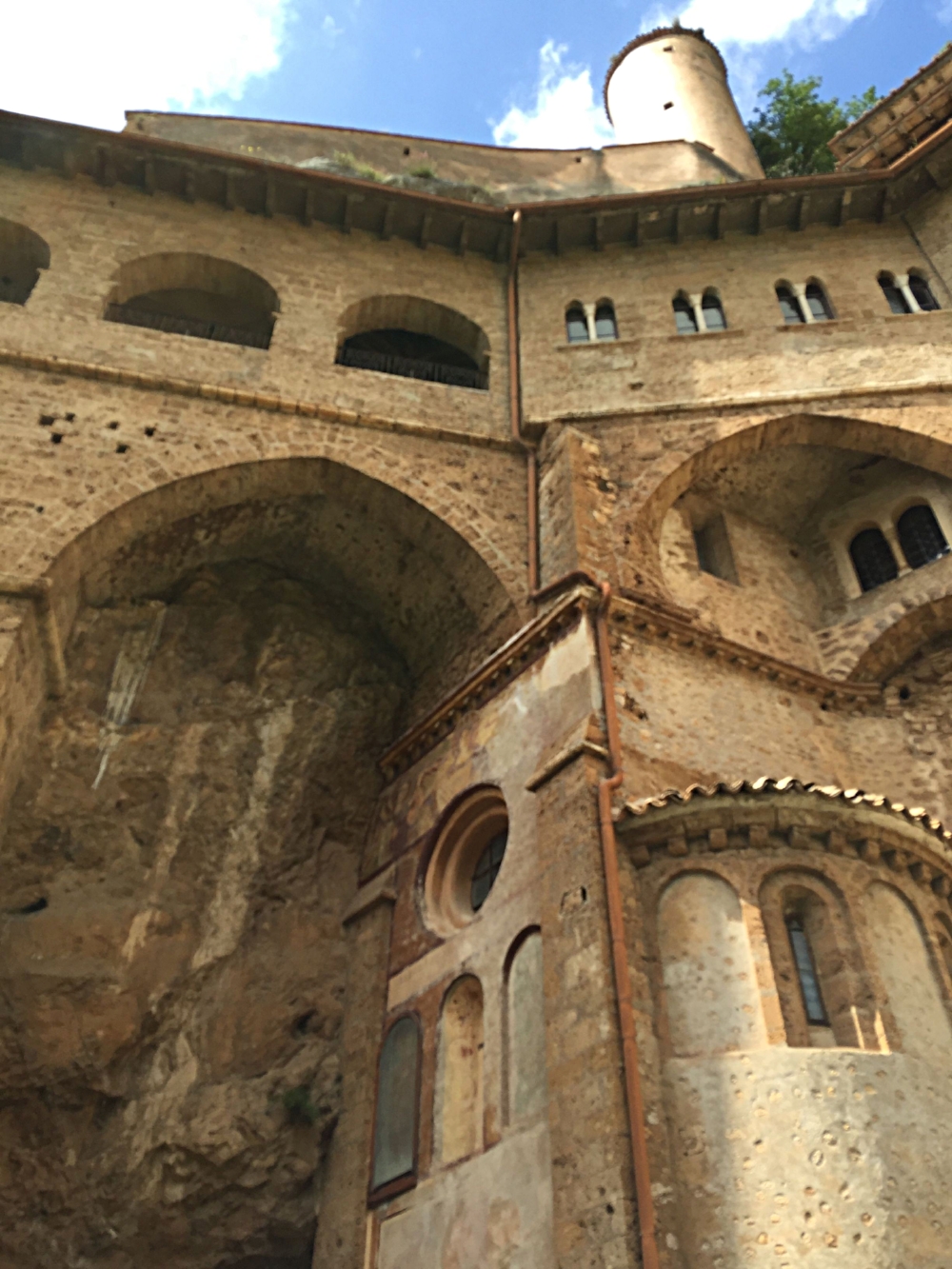


Soren Kierkegaard, that very modern figure, has said that though one can only understand life looking backward, one must live one’s life forward. Benedict, even as he died in Monte Cassino, could look back on his time in that cave, but even from his deathbed Benedict could not see the ending of the story he started. The story, and his influence, are today still unfolding in countless ways. And this blog entry is one small part of his global influence.




